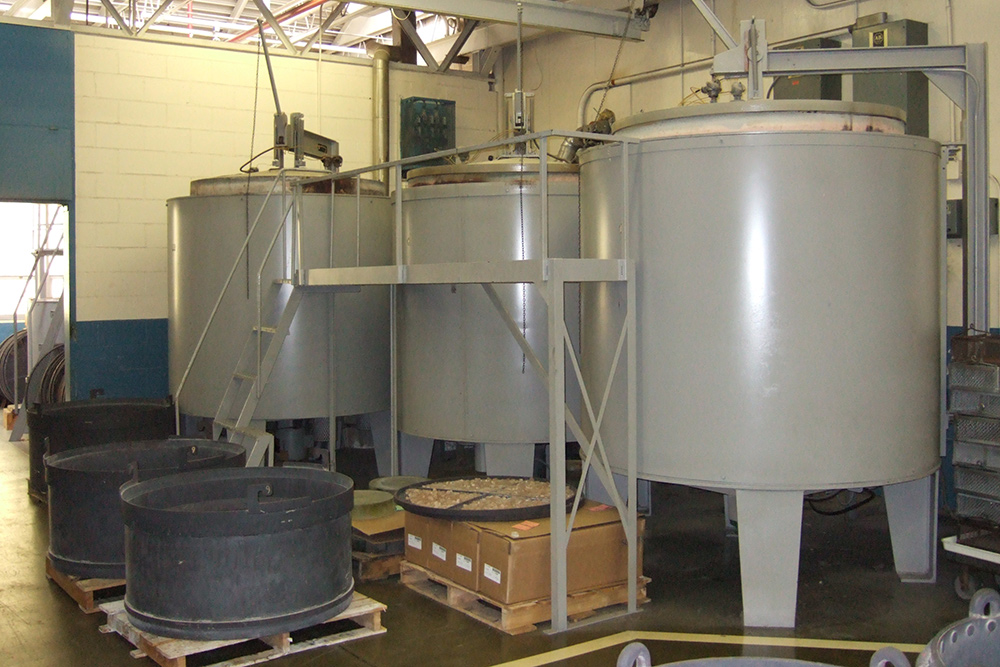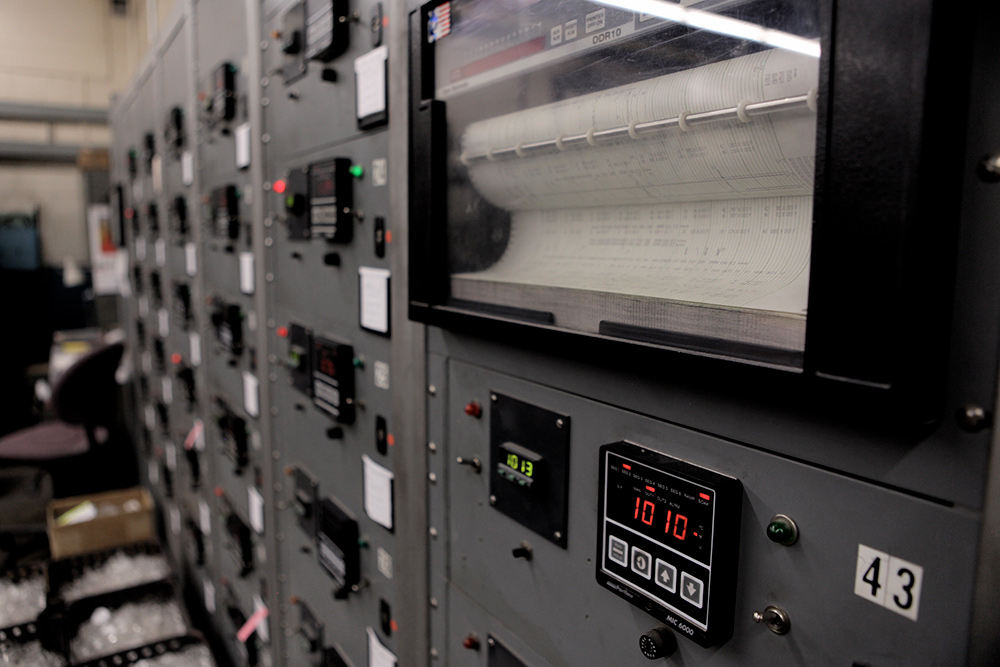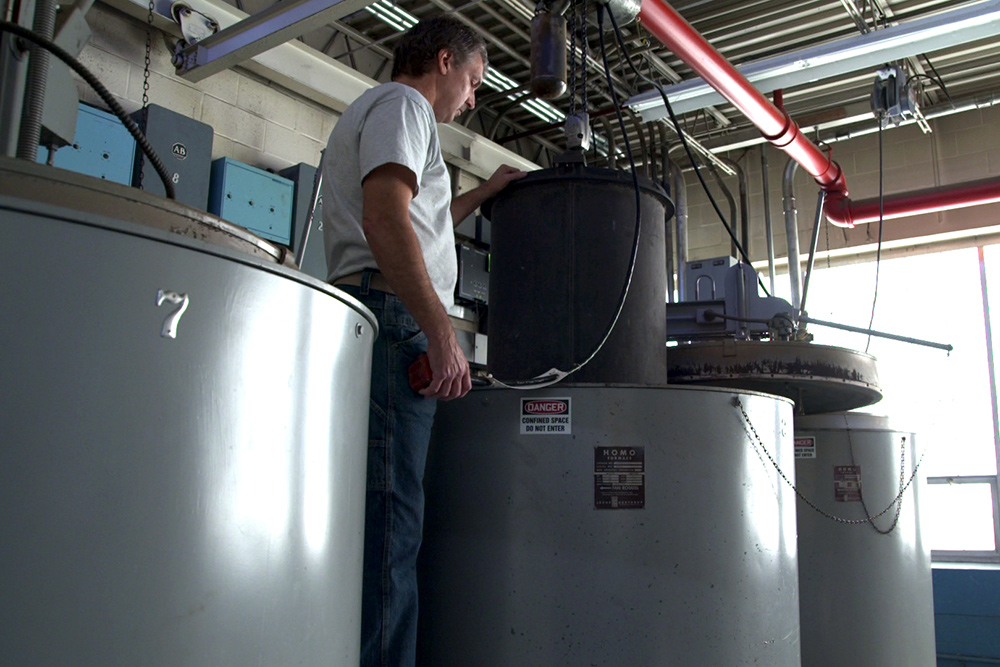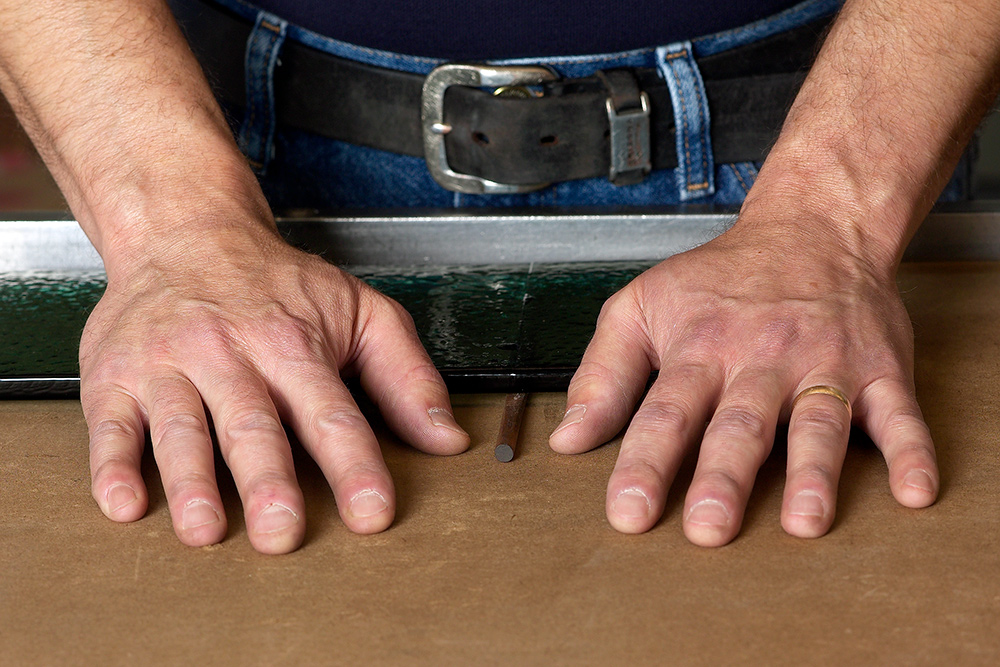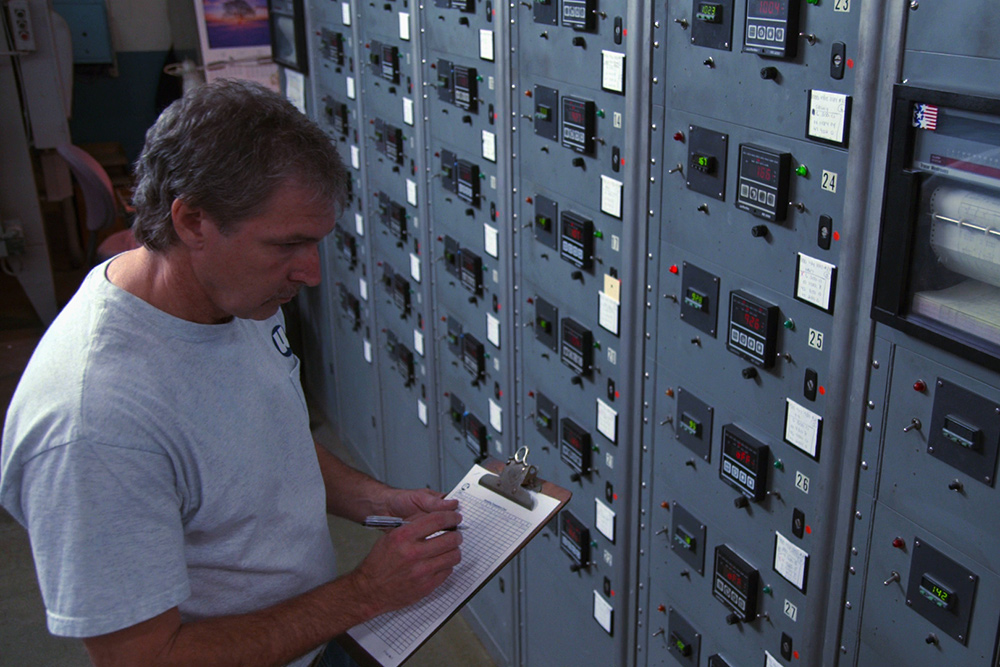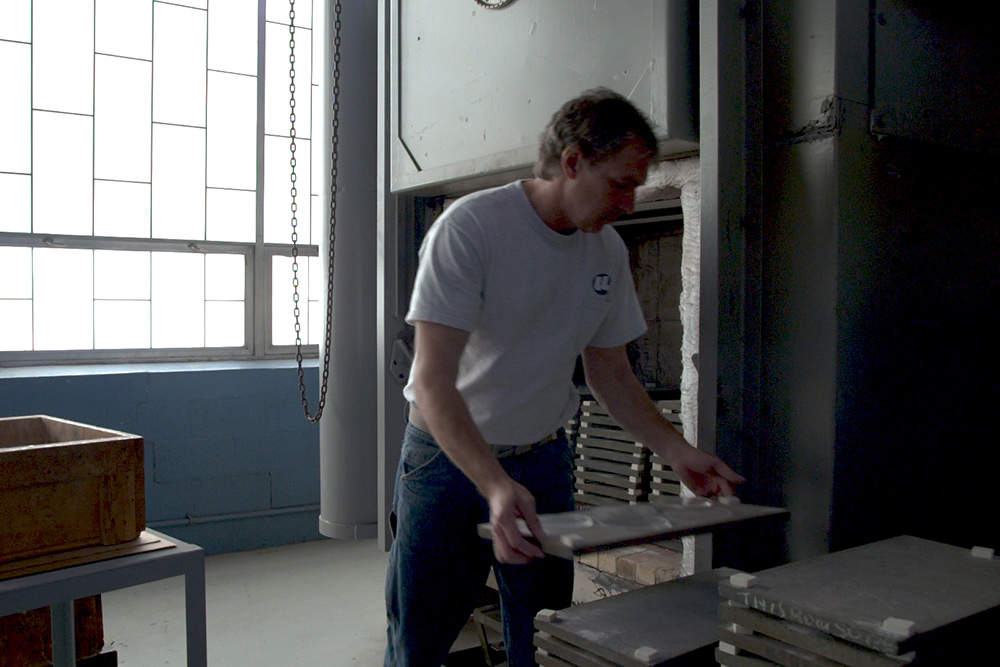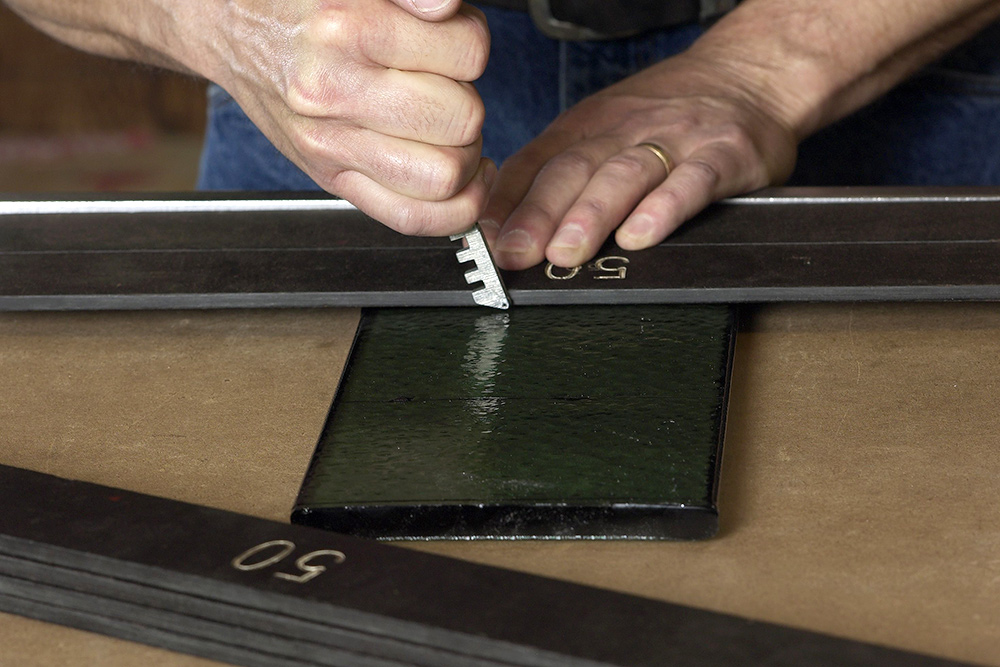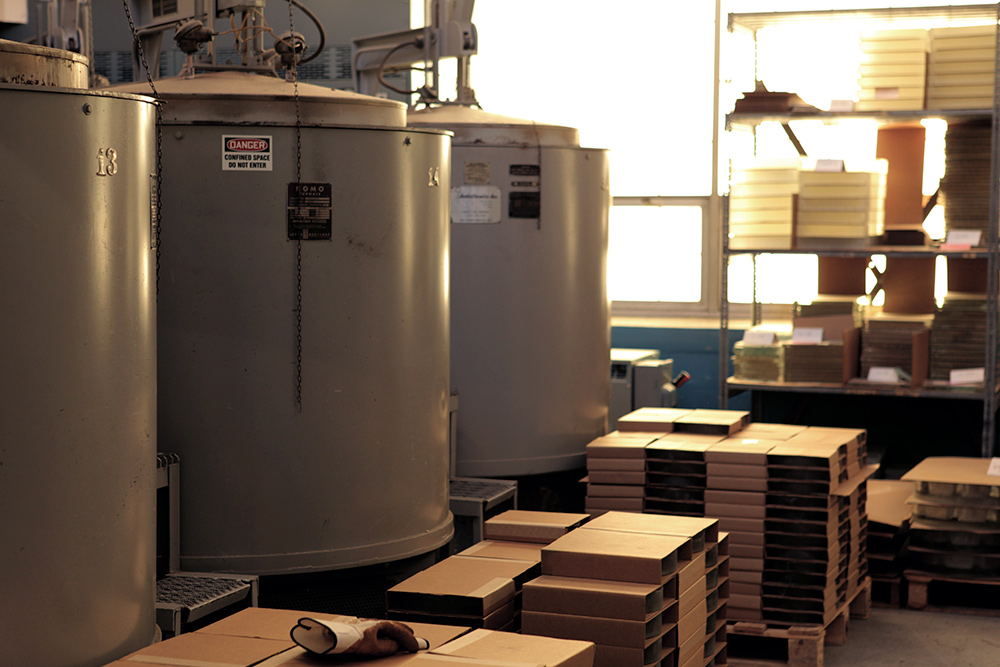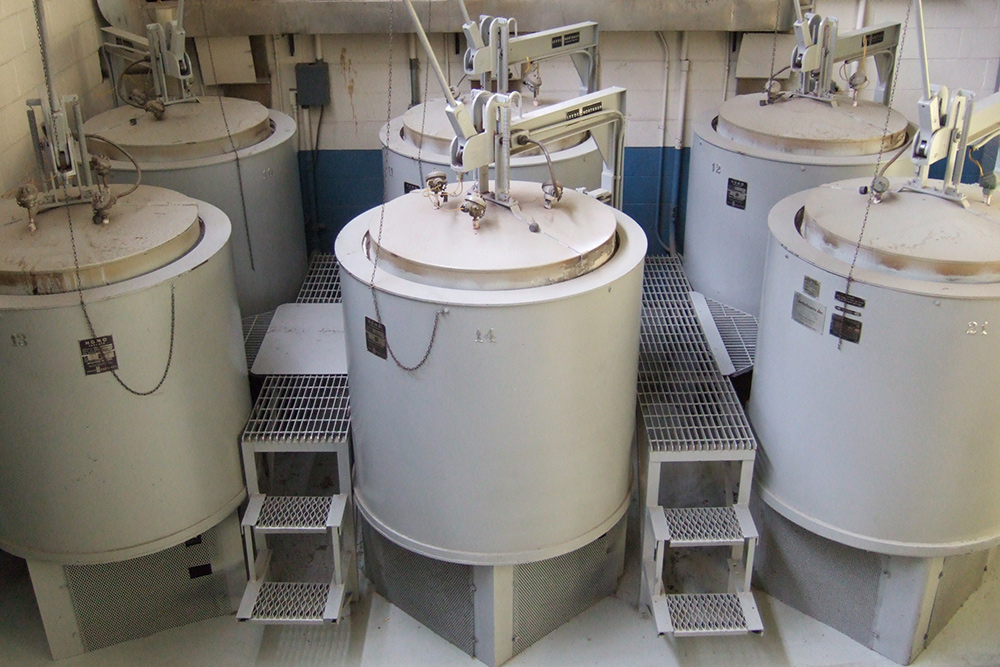
Arguably the most important part of any optical glass component build is the annealing process. With over a century of annealing know-how, United Lens understands the challenges of dealing with strain in a highly sensitive glass blank. This creates the increased likelihood of fracture, and the surface may be difficult to polish—the wave patterns may hold an inclination to bend or break. Once the optic is complete, a poorly annealed optic may have stress birefringence that causes the light to refract in undesired directions, or even cause a lens to have an out of spec focal length. We can attribute this to the fact that the refractive index of the glass was not maintained properly, which is what occurs during the annealing process.
All of the glass we begin work on has at minimum a “fine anneal,” or a stress birefringence tolerance of < 10 nm/cm. Our process of heating and cooling the material slowly enables us to achieve tighter than industry standard refractive index (nd) and abbe value (Vd) tolerances, so you can be assured your manufacturer is beginning with the best material to achieve crisp focus and clean, intentional diffractions.
We anneal beyond industry standard by using annealing ovens specifically designed to distribute and maintain ultra-homogenous heat evenly throughout the entire tank. Our competitors’ methods of annealing involve a pizza-oven style lehr, which has little control over the homogeneity or the heat distribution. With ULC, our customers know that poor anneal is never an issue.
To learn more about the importance of a proper anneal, read our blog on The Annealing Process of Glass and check out our eBook on The Importance of Correctly Specified Glass.
Learn More

